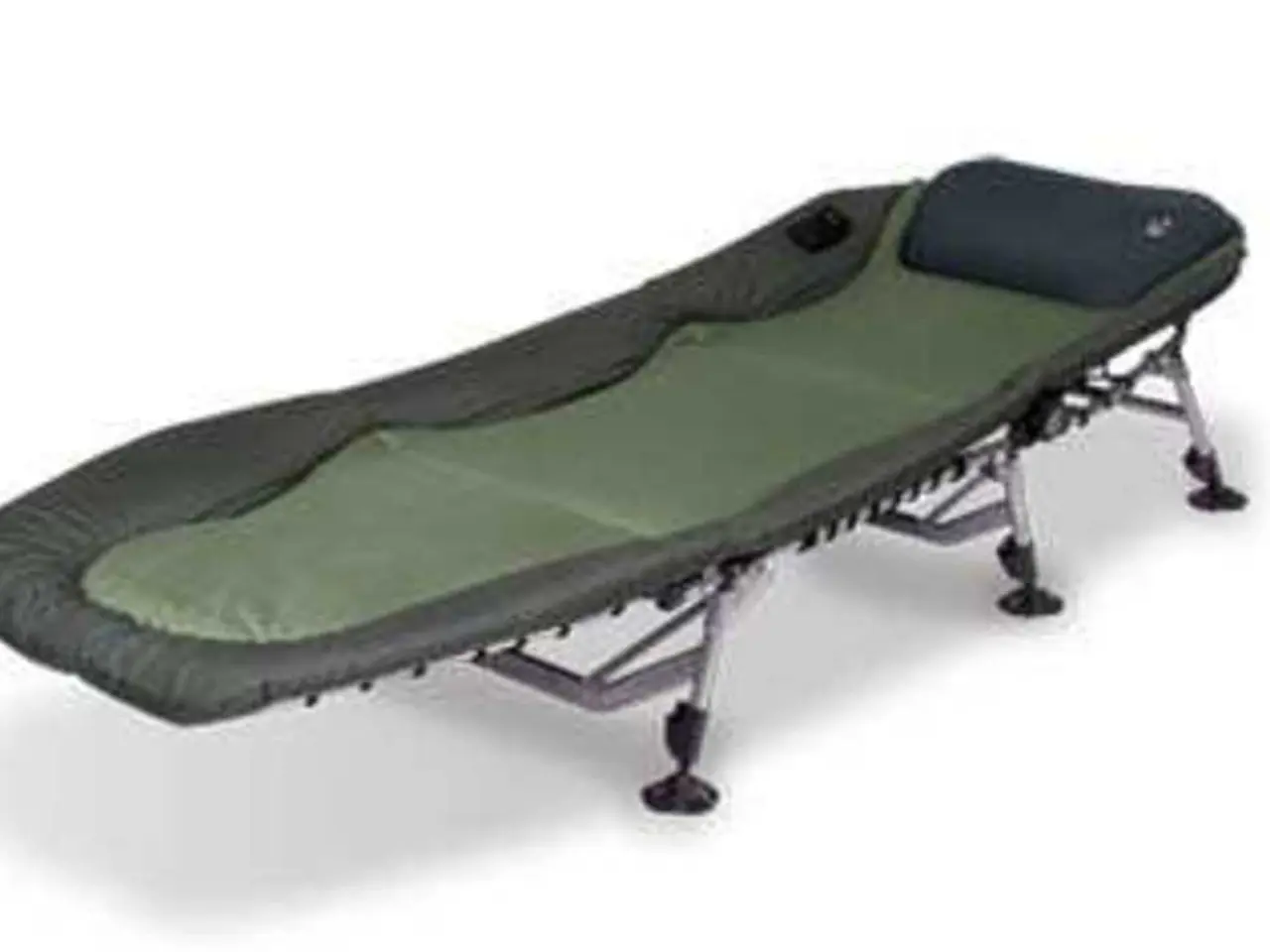Enhance Your Lower Body Workouts with the Aid of Resistance Bands
Resistance bands have become a popular choice for home workouts, offering a versatile and effective way to target the muscles in your legs. These elastic bands provide adjustable resistance, making them suitable for all fitness levels.
Strengthening Your Calves
One of the most effective exercises for building calf strength and definition is the resistance band calf raise. Stand with your feet shoulder-width apart, place the band under the balls of your feet, step on the middle of the band to create tension, rise onto the balls of your feet, and lower slowly back down to the starting position.
Improving Hip Stability and Coordination
Lateral band walks are another excellent exercise for targeting the glutes. By isolating this muscle group, they help improve hip stability, posture, and coordination. To perform this exercise, loop the band around your ankles and step laterally, maintaining tension on the band as you move sideways.
Targeting Quadriceps, Hamstrings, and Glutes
Resistance band exercises can effectively replace weights, especially for toning and building endurance. However, for maximal strength gains, traditional weightlifting may still be necessary. Here are some essential resistance band exercises for targeting the quadriceps, hamstrings, glutes, calves, and hip muscles:
- Band Squats: Stand on the resistance band with feet hip-width apart, holding the band handles or ends at your shoulders or sides. Lower into a squat by pushing hips back and bending knees while pressing knees slightly outward against the band for hip activation.
- Resistance Band Deadlifts: Though not detailed extensively, deadlifts with bands mimic the hip-hinge motion to activate hamstrings and glutes alongside the lower back.
- Front Box Squat with Resistance Band: With a band placed above the knees and standing in front of a bench, lower yourself slowly until the glutes lightly touch the bench while pushing knees outward against the band.
- Resistance Band Lunges: Lunges with bands are commonly used to target quads, glutes, and hamstrings by adding resistance to stepping motions.
- Banded Ankle Pumps and Calf Raises: Loop a band around the ball of the foot and push toes away or perform calf raises standing on your toes against the band’s resistance.
- Band Marches: With the band placed around ankles, march in place maintaining tension to engage hip flexors and glute muscles.
- Hip Abductions with Bands: Place the band above knees or around ankles and move the leg laterally away from the body to activate hip abductors (gluteus medius and minimus) and outer thighs.
Stretching and Muscle Flexibility
For stretching and muscle flexibility, resistance bands can assist in quadriceps and hamstring stretches by looping around the foot and gently pulling the leg to extend the muscle.
A Comprehensive Leg Workout with Resistance Bands
These exercises combine to provide a comprehensive leg workout targeting strength, stability, and flexibility using resistance bands primarily from home, with minimal equipment required.
For a basic leg workout with resistance bands, aim for 3-4 sets of 12-15 repetitions per exercise, adjusting based on fitness level and goals. To maximize the effectiveness of resistance band exercises, combine them into supersets or circuits, progressively overload by increasing the resistance level, adjusting the length of the band, or adding more repetitions.
Portable and Convenient
Resistance bands are portable and convenient, making them easy to use at home, the gym, or while traveling. They are also suitable for beginners as they offer adjustable resistance levels and are low-impact, allowing for gradual increases in workout intensity without putting too much strain on joints.
Incorporating resistance bands into your warm-up routine helps activate the muscles and increase blood flow, preparing your legs for more intense exercises. Resistance band workouts are effective for powering up leg routines, targeting muscles such as quads, hamstrings, glutes, and calves.
Additional Exercises
Glute bridges with a resistance band are excellent for targeting the glutes and hamstrings, activating the glutes, hamstrings, and lower back, and improving overall lower body strength. To perform this exercise, lie on your back with your knees bent and feet flat on the floor, place the band just above your knees, press your knees outward to create resistance, lift your hips toward the ceiling, and slowly lower back down.
Resistance band leg presses mimic the motion of a machine leg press without equipment, targeting the quads, glutes, and calves. To perform this exercise, lie on your back with your legs bent at 90 degrees, loop the band around your feet, press your feet upward to extend your legs, and slowly return to the starting position.
In summary, resistance bands offer a versatile and effective way to target the muscles in your legs, providing a comprehensive workout that can be done from the comfort of your home with minimal equipment. Whether you're a beginner or an experienced fitness enthusiast, resistance band exercises can help you build strength, improve flexibility, and enhance your overall leg fitness.
Read also:
- Is it advisable to utilize your personal health insurance in a publicly-funded medical facility?
- Benefits, suitable dosage, and safety considerations for utilizing pumpkin seed oil in treating an overactive bladder
- Harmful Medical Remedies: A Misguided Approach to Healing
- Can the flu vaccine prevent stomach issues mistaken for the flu? Facts about flu shots revealed.




